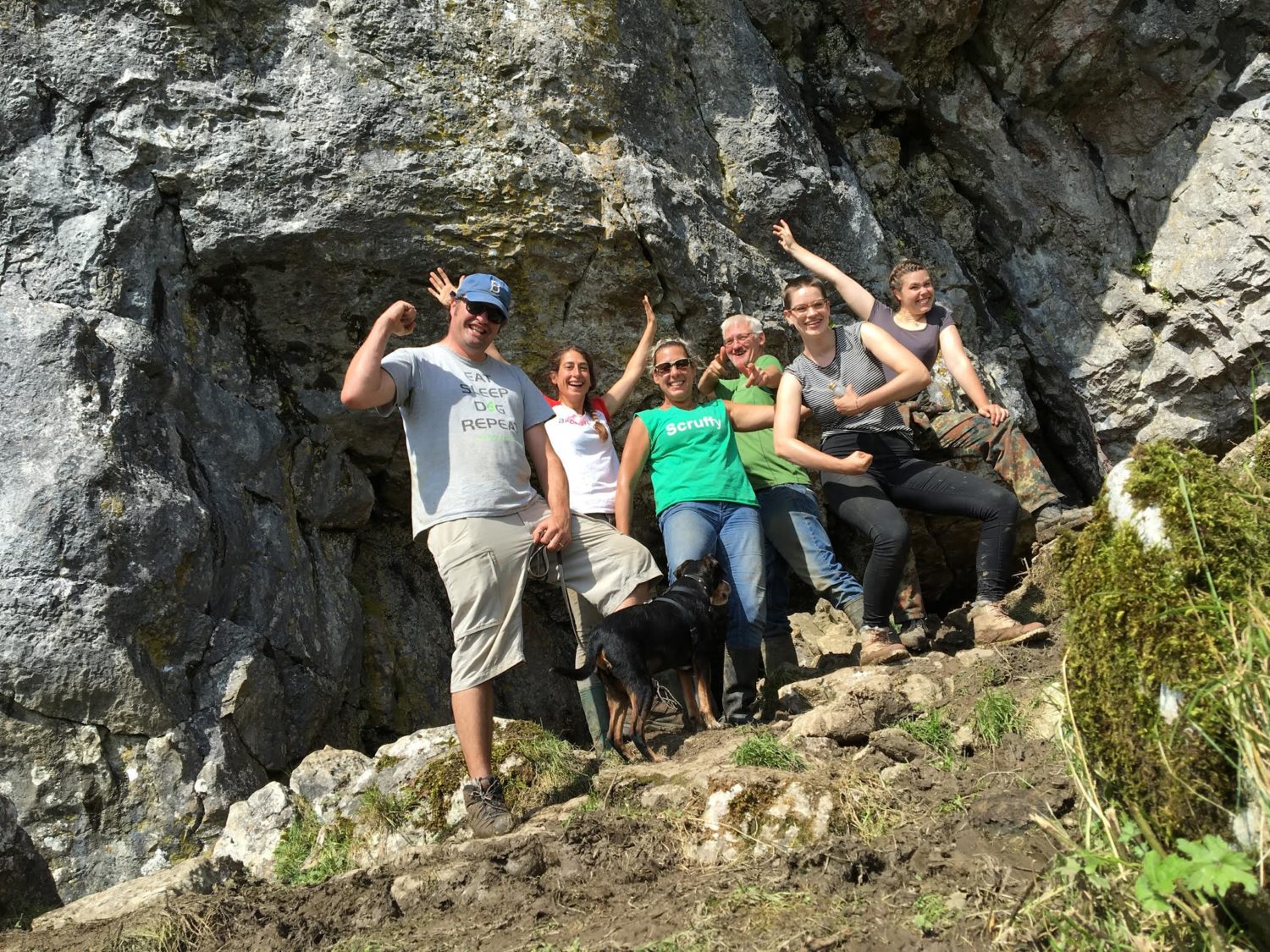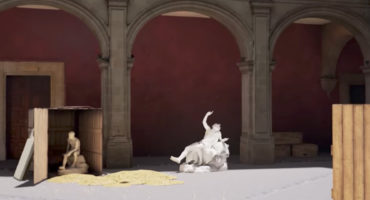Our Cultural institutions Page highlights our ongoing support of museums and cultural institutions with free accounts and access to tools. In Cultural Heritage Spotlight, we’ll explore museums and cultural institutions who are using 3D technology to bring new life to their collections.
Today’s blog post features DigVentures that runs crowdfunded archaeological excavations, where anyone can learn hands-on about archaeology while actually contributing to top quality research. They’re also putting a whole new twist on digital archaeology and using 3D modeling to enable people to dig alongside them in the trenches, and discover for themselves the context in which the artefacts that end up in museums are found.
Digital archaeology is a powerful thing with many different applications. It has enabled damaged sites to be digitally resurrected, and museums to throw open their collections to online, as well as real-world, visitors.
Over the last few months, DigVentures has also been using it to digitally reunite some of the most remarkable Ice Age and Romano-British artefacts that were originally found by 20th century archaeologists in Victoria Cave, and have since ended up scattered across several public and private archives, in a ‘Virtual Museum’.
But as field archaeologists, we’ve also been trying something completely new: we’ve been attempting to make a real, live excavation fully explorable in 3D from the moment we stick our trowels in the ground, so that the people who crowdfund our digs (as well as the expert archaeologists we work with around the world) can step into the virtual trenches and see exactly what we’ve found, in it’s original context.
To do this, we’ve made 3D modeling part of our onsite workflow. Alongside the traditional photographic, drawn and written records, we now 3D model everything from the trenches we’re digging, to the features and artefacts we find inside them, right through to the landscape in which the whole excavation sits, as we go along.
Next, we nest these models like Russian dolls, so that you can zoom in from a landscape view, right down to the spot in which an individual artefact was found.
Perhaps most surprisingly, it’s our crowdfunders (many of whom join our excavations in real life too) who help us do it. We’ve even started teaching 3D modeling as a basic field skill; one that’s of equal importance to knowing how to use a trowel, take a measurement or describe an archaeological horizon.
Our excavation records are born digital. We no longer make them on paper, but we also haven’t simply replaced them with a digital equivalent that simply gets read on screen. Instead, making 3D modeling a central part of our onsite fieldwork process is helping us to bring our data to life, and give our supporters a way of navigating everything the excavation uncovers just as it was in the field.
In the end, our crowdfunders can 3D print the artefacts they’ve found, or take a Virtual Reality tour of the site with Google Cardboard.
Using 3D isn’t just a gimmick; it’s an essential extension of our work as public-facing archaeologists, and a crucial tool for enabling our crowdfunders to stay even closer to our work.
But perhaps one of our favourite things about 3D modeling in the field is how clearly it shows that digital archaeology is about so much more than showing off the jewels in a collection.
Used like this, digital archaeology enables everyone to explore the features, landscapes and contexts in which the artefacts that end up in our museums were originally found.
Thank you for sharing Maiya.
If you are part of a cultural institution, get in touch with us at museums@sketchfab.com to set up your free business account.



